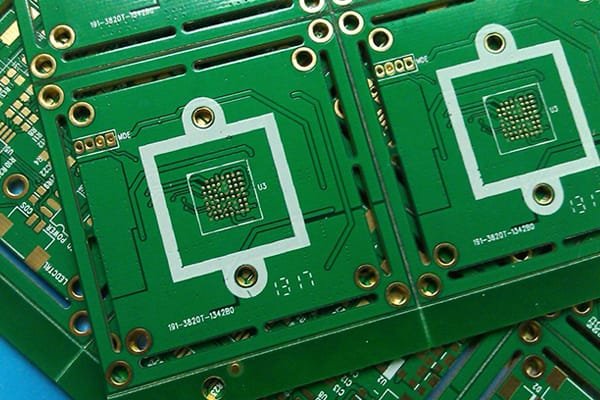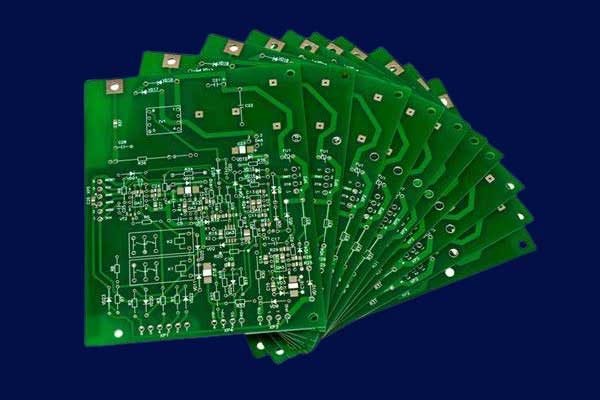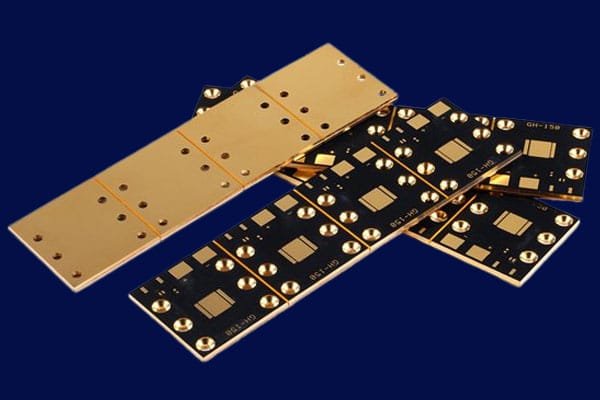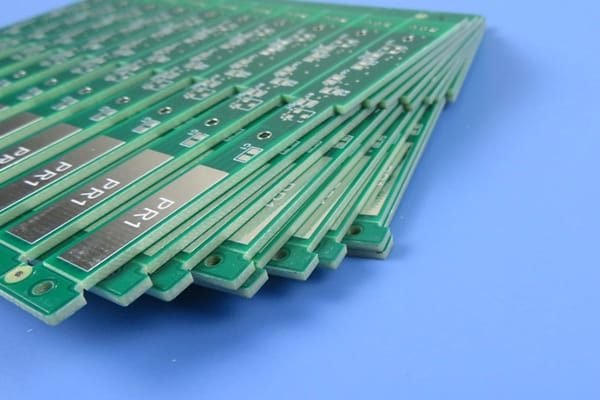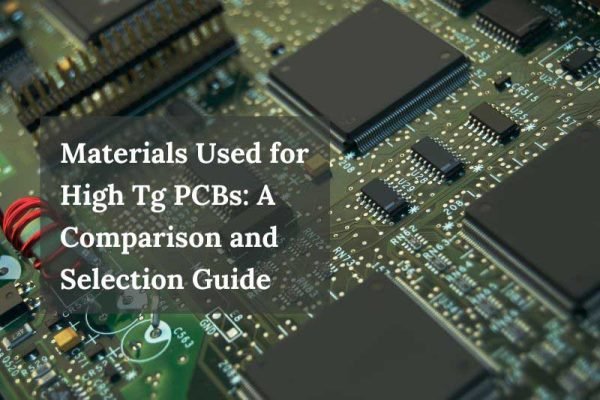JHYPCB High-frequency PCB Manufacturing Services
At JHYPCB, we specialize in providing high-quality and reliable high-frequency PCB manufacturing services to our clients. We are committed to delivering high-performance PCBs that meet our customers’ strict requirements.
Learn more about our PCB manufacturing capabilities.
Materials and Processes
We use only high-quality materials from reputable suppliers for our high-frequency PCBs. We offer a variety of material options, such as FR-4, Rogers, Teflon, and other advanced materials. Our manufacturing processes follow strict quality control procedures to ensure that our high-frequency PCBs meet or exceed industry standards. We use advanced equipment and technology to manufacture our PCBs, including precision drilling machines, CNC machines, and automated optical inspection (AOI) systems.
Design Requirements
Designing high-frequency PCBs requires special attention to several critical parameters, such as trace widths, impedance control, and layer stackup. Our experienced engineers work closely with our clients to optimize their designs for maximum performance and reliability.
Quality Assurance
We follow rigorous quality assurance procedures to ensure that every high-frequency PCB we produce meets or exceeds our customers' expectations. All of our PCBs undergo 100% electrical testing and AOI inspection to ensure their quality and reliability.




